We left San Gimignano in the late afternoon headed for our lodging further south near Buonconvento. The apartment we stayed in was one of several in an old farmhouse that had been repurposed for tourists while still serving as an operational farm.
These "agriturismos" are fairly common in Italy as many regions have restrictions concerning new construction on historic farmland, but offer financial assistance to renovate existing structures and bring tourism to the area. All I can say is I'm glad the wonderful family that purchased the property (and now lives there) put the enormous effort they did into the renovation, as they've truly created a shining gem in the Tuscan countryside.
The entire property was a joy to explore, with sweeping vistas of the countryside and surrounding farms, an abundance of fresh herbs and vegetables that the guests could use for cooking, and lots of antique aspects of the original farm scattered around the grounds. Two of the things I found the most interesting were the bushes of rosemary used for landscaping and the astounding number of snails on nearly every plant.
Despite some relatively busy days traveling to the hill towns around the area, we were always glad to return to the apartment and relax before dinner. We were very fortunate to have fantastic weather for nearly the whole trip, and even when the clouds started to roll in, it only provided more texture and contrast to an already splendid countryside.
I would return to Podere Cunina in a heartbeat; the whole experience was definitely one of the best I've ever had whilst on vacation.

For other posts in my Italy series, see below:
One of the last larger towns in near proximity to our lodging (i.e. within about 30 minutes) was Montepulciano. Marcello, the son of family that owned the agriturismo where we stayed, specifically recommended we stop by as it was one of his favorite places to visit for a evening away from home.
After our day long excursion to Siena, we returned to taking shorter trips to other local hill towns. Montalcino was next on our list, famously know worldwide for its Brunello wine, and like most of the other ancient settlements in the region, stems from Etruscan origins. The town has been known for its high-quality leather products since the medieval times, with many tanneries and cobbler shops still lining the streets.
After our stop at the Abbey, we continued north towards Siena. As with just about every other place we visited, the architecture of the primary landmarks did not dissappoint. The Siena Cathedral is at the heart of the city, dating back almost 800 years.
This a short post about a abbey we visited early in the morning during our drive to Siena. The Abbazia di Monte Oliveto Maggiore, located about 5 miles northeast of Buonconvento, dates back to the 13th century.
After our first night at our new lodgings, we ventured out to some of the nearby hill towns to explore what the local communities had to offer. Our first stop was at the Town of San Quirico d'Orcia, about 20 kilometers southeast of Buonconvento, which dates back to around 700 AD. The town's fortified walls still stand, intended to protect its citizens from invasion over the centuries.
A quick follow up to yesterday's post with a few timelapses I took of the countryside while staying at Podere Cunina. These were all taken on an iPhone 6.
We left San Gimignano in the late afternoon headed for our lodging further south near Buonconvento. The apartment we stayed in was one of several in an old farmhouse that had been repurposed for tourists while still serving as an operational farm.
We picked up a rental car at the Florence airport and headed out of the city bound for our apartment rental further south about halfway between Florence and Siena.
Our last day in Florence began with a trip back to the Palazzo Vecchio (the town hall of the city), this time to tour the inside of the historic building.
Our second day in Florence woke up early to go on an amazing food tour put on by Taste Florence. We met at La Norcineria, and old-school grocery and prosciutteria located a few blocks from the train station.
It been a few months since I've been able to post, but rest assured, I have quite a bit of material to cover in the near future. That's because last month I was able to travel internationally for the first time in almost a decade, spending a fantastic week and a half in the Tuscany region of Italy with my wife and parents. This post will be the first of many detailing some of the amazing locations we were able to visit and the images I captured along the way.









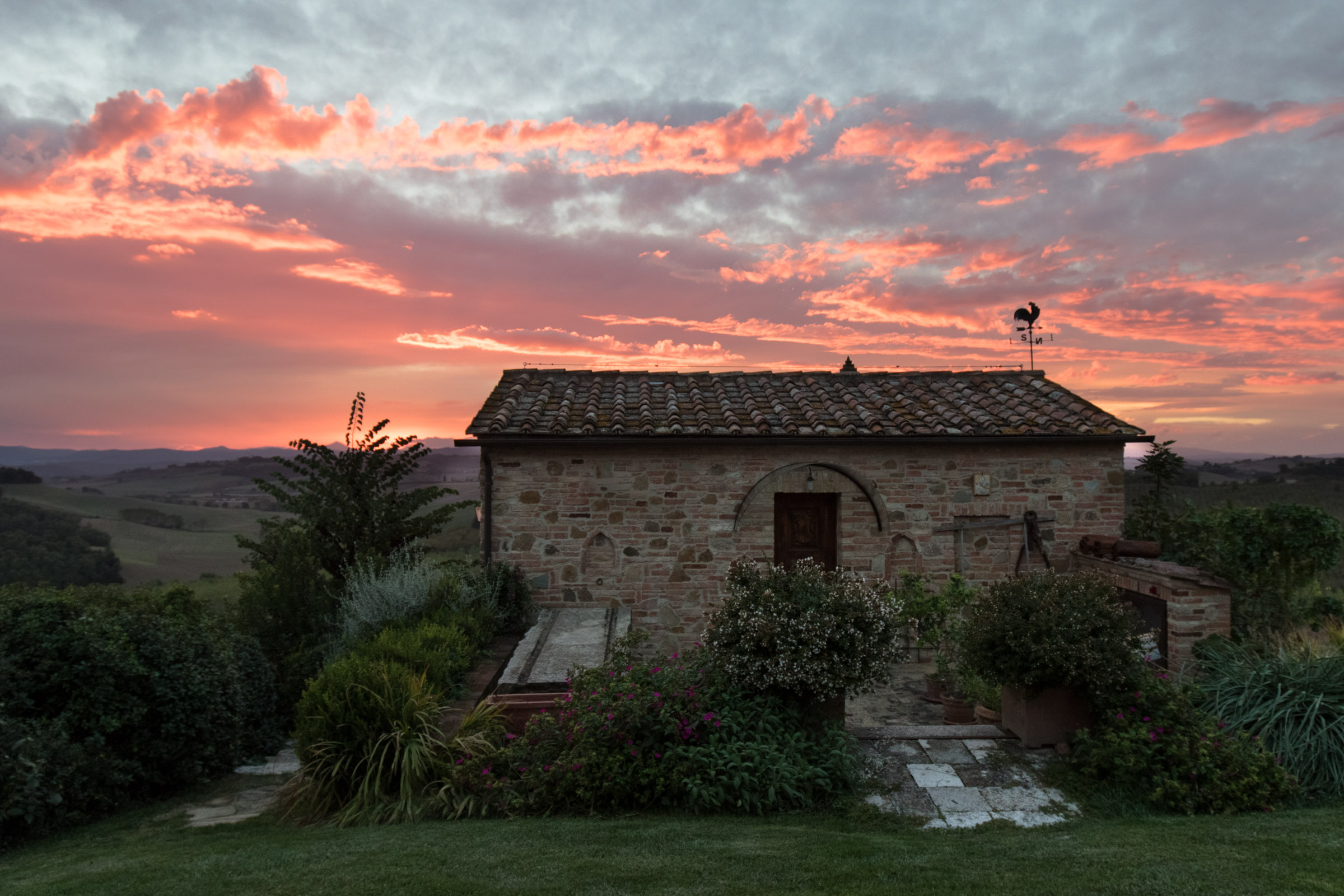
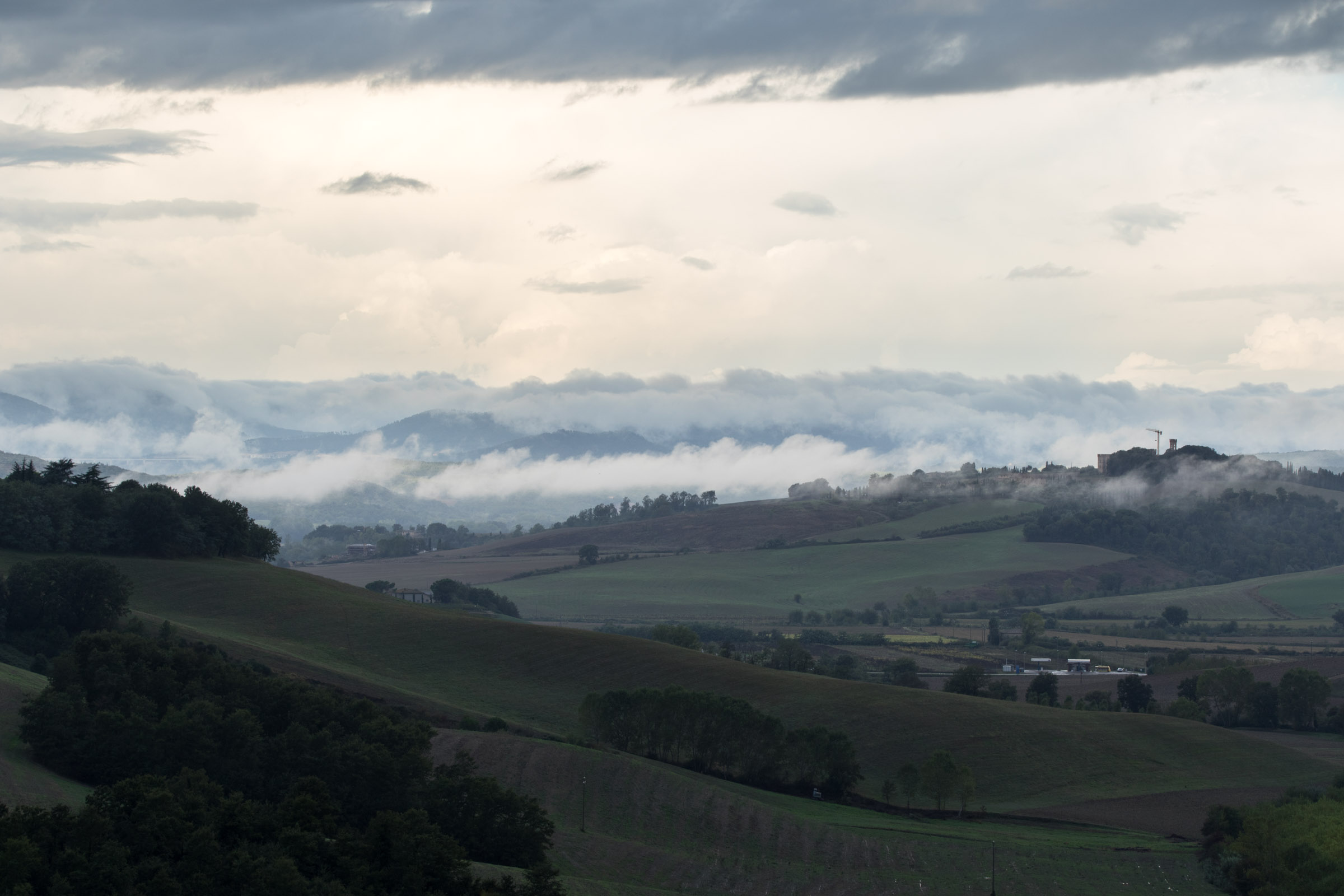
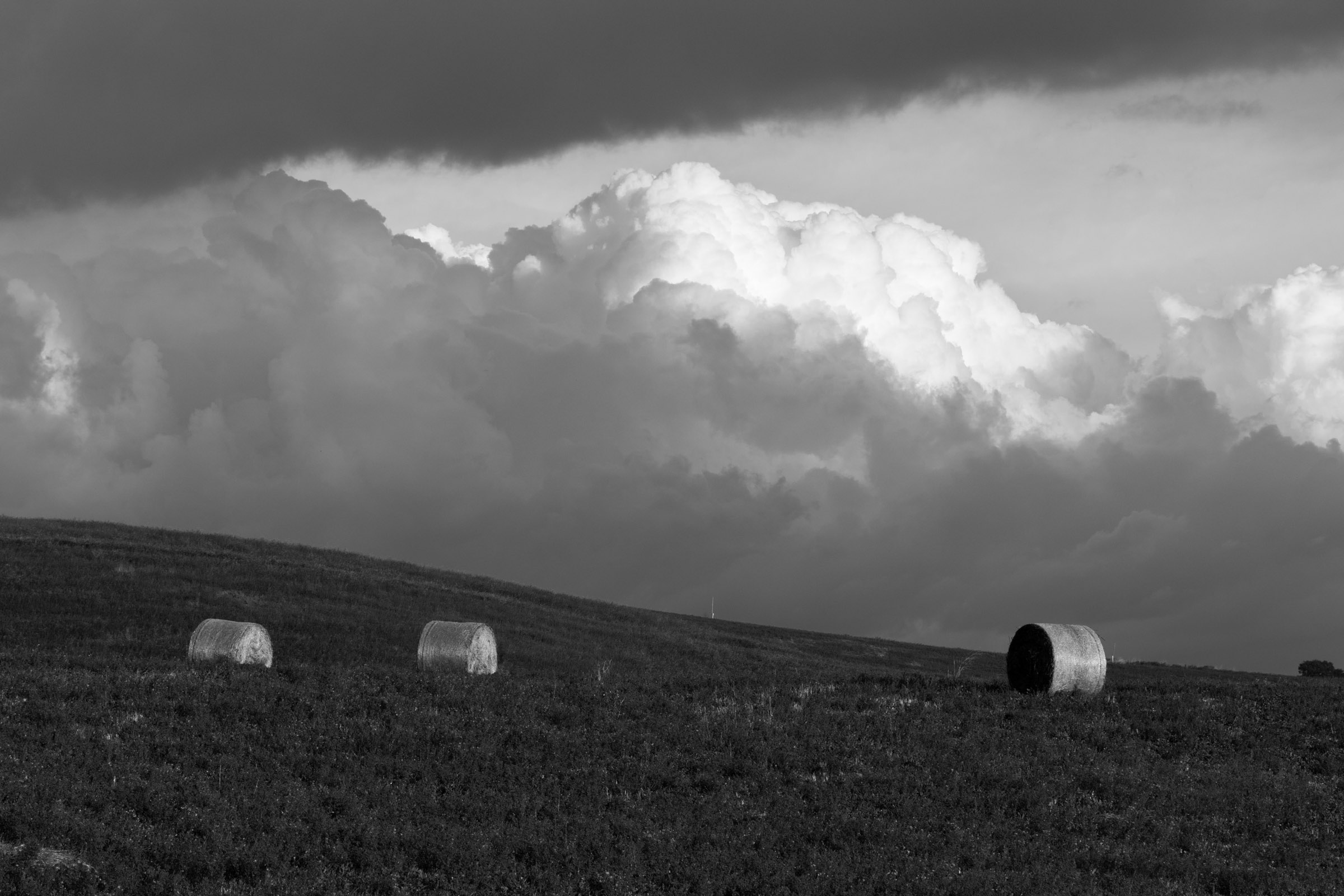

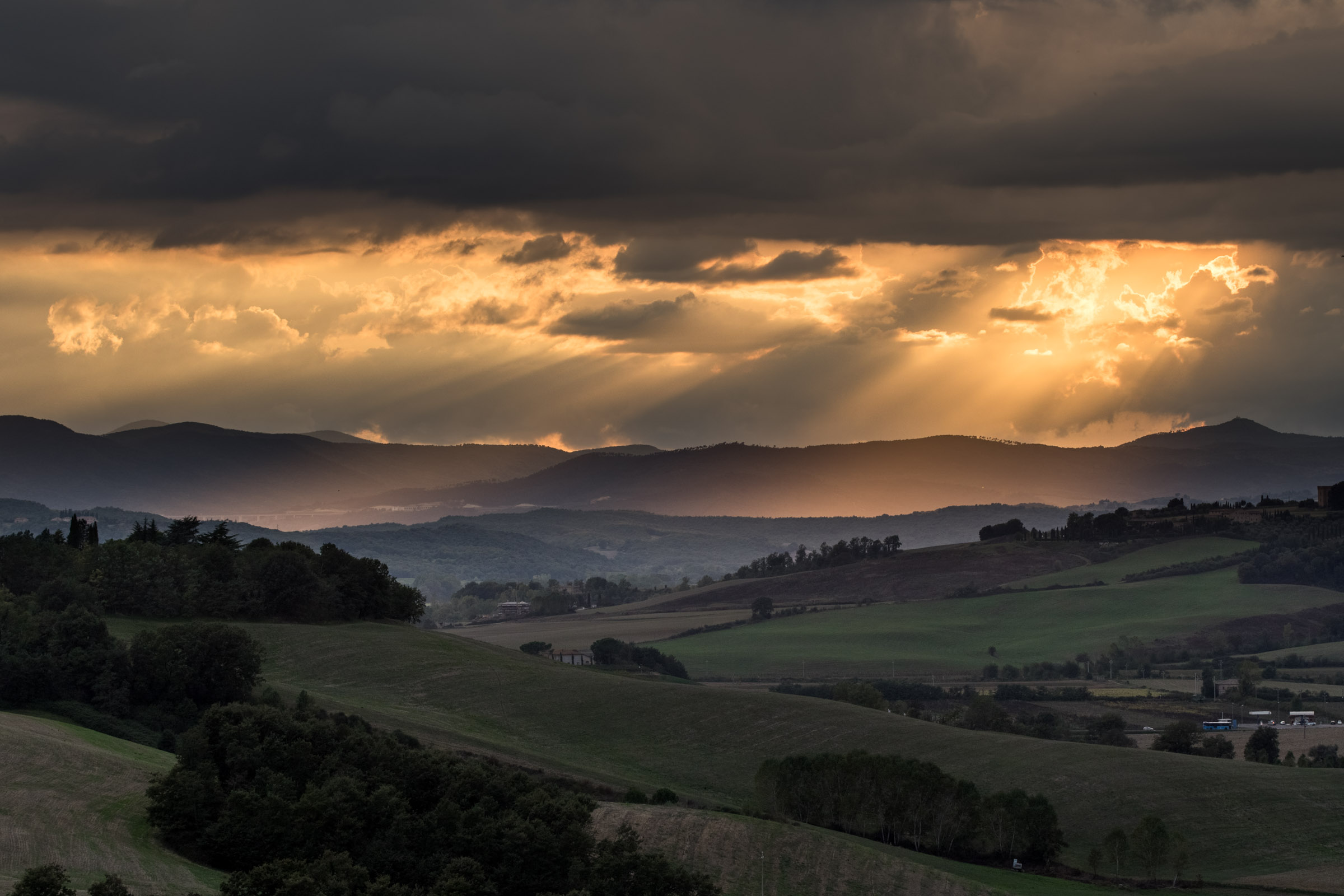











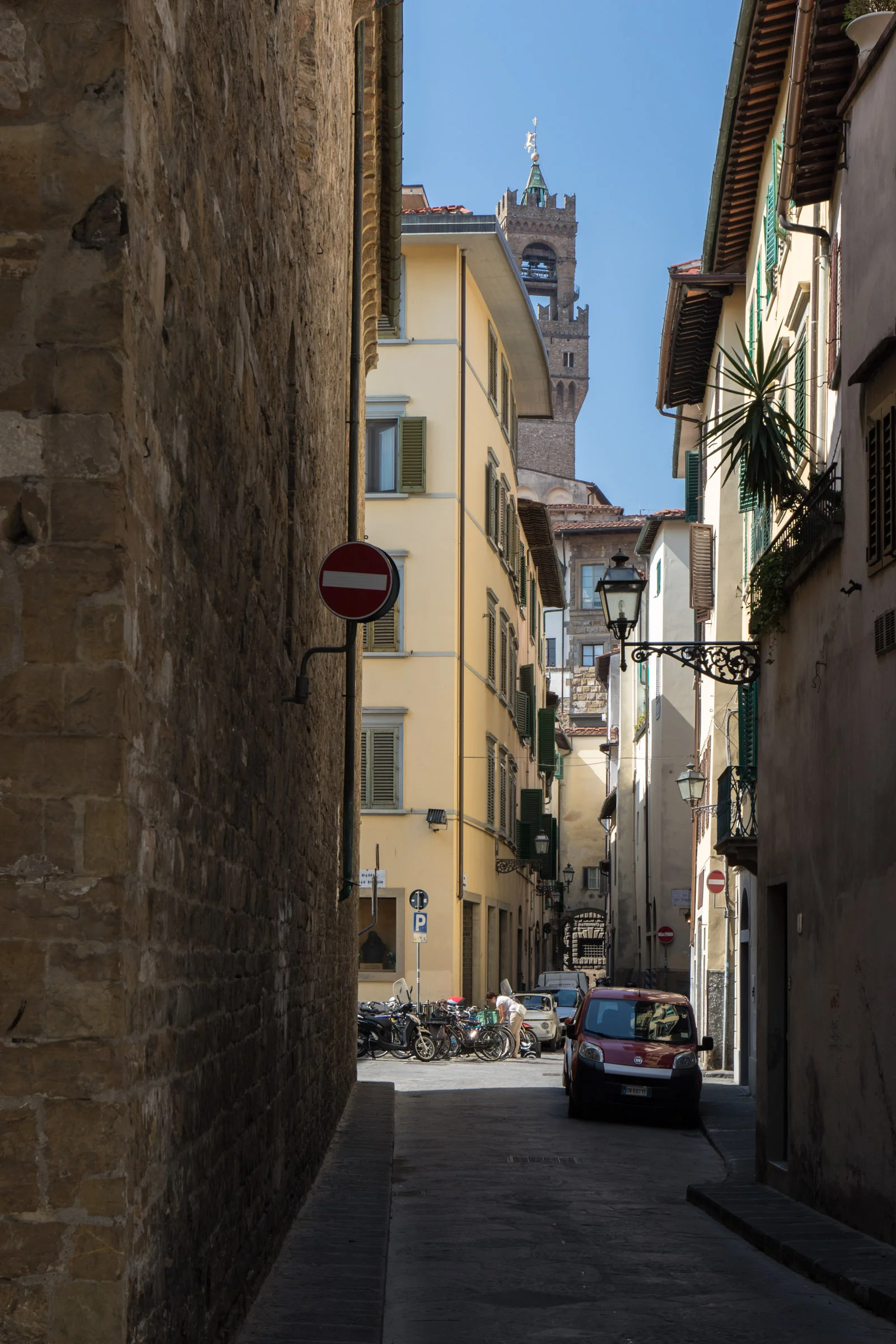
The last major location we visited on our trip was the town of Civita di Bagnoregio, about 10-15 km. south of Orvieto. The town is truly impressive, sitting atop a rock outcrop that overlooks the surrounding countryside.